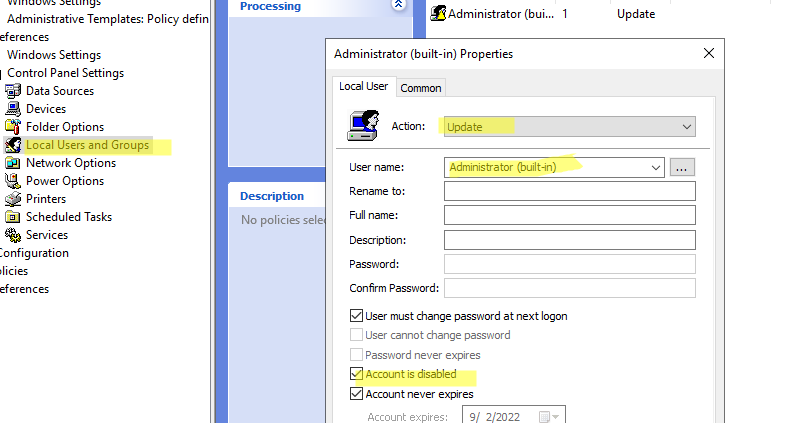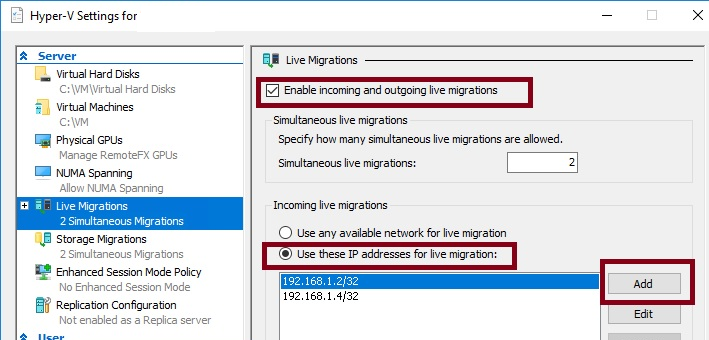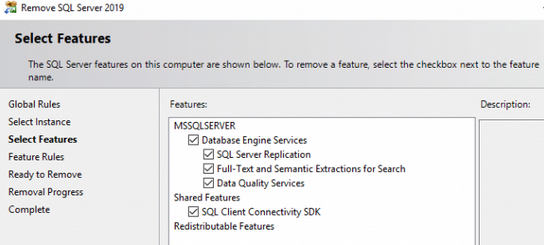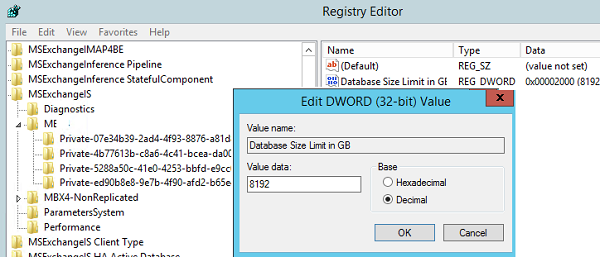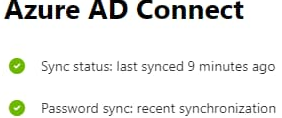The Active Directory Recycle Bin allows a domain administrator to restore any deleted object (user, computer, security group) in the AD domain. AD Recycle Bin is available in all versions of Active Directory starting with Windows Server 2008 R2. In this article, we will show how to enable the Active Directory Recycle Bin and restore a deleted user.
Continue reading “Active Directory Recycle Bin: How to Enable and Restore Delete Objects”


